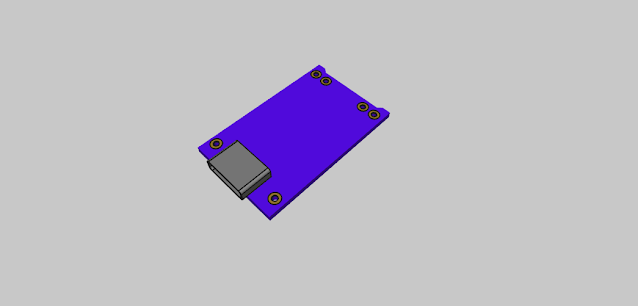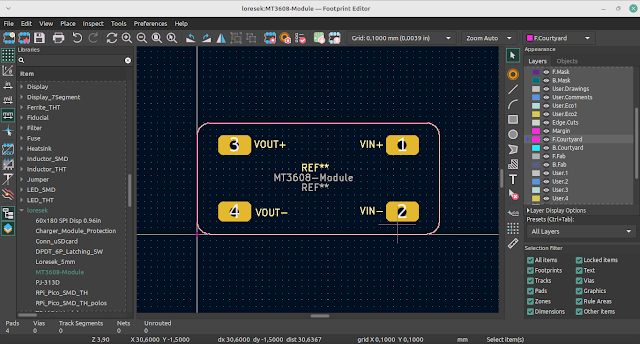DIYBMS v4: A Technical Overview of an Open-Source Battery Management System
Battery management is crucial in modern electronics, and DIYBMS v4 is an open-source solution that can help with monitoring and balancing battery cells. This technical article will provide an in-depth overview of the DIYBMS v4 project, including its architecture, hardware, and software components.
Architecture
The system is composed of several hardware and software components that work together to ensure that the battery cells are operating within safe parameters.
The heart of the DIYBMS v4 system is an ESP32/ ESP8266-based controller board. This board is responsible for measuring the voltage of each battery cell and communicating with the user interface. The controller board also controls the balancing circuitry, which ensures that the cells are balanced and operating optimally.
Hardware
The DIYBMS v4 hardware consists of several components that work together to provide battery management functionality, PCB designed with KiCAD. The components include:
- The controller board: This is an ESP32/ ESP8266 -based board that is responsible for measuring the voltage of each cell, controlling the balancing circuitry, and communicating with the user interface.
- The cell boards: These boards are connected to each battery cell and measure the voltage of the cell. The cell boards communicate with the controller board via a serial connection.
- The balancing circuitry: This circuitry ensures that the cells are balanced and operating within safe parameters. The balancing circuitry can be either passive (using resistors) or active (using transistors).
- The user interface: This is a web-based interface that provides real-time monitoring of the battery cells and allows the user to configure the system settings.
Software
The DIYBMS v4 software is responsible for controlling the hardware components and providing real-time monitoring and configuration functionality. The software consists of several components, including:
- The firmware: This is the software that runs on the controller board. The firmware is responsible for measuring the voltage of each cell and controlling the balancing circuitry. The firmware can be configured to work with different battery chemistries and balancing methods.
- The user interface: This is a web-based interface that provides real-time monitoring of the battery cells and allows the user to configure the system settings. The user interface is intuitive and easy to use, making it accessible to both beginners and advanced users.
- The database: This component stores the historical data of the battery cells, such as voltage and temperature. The database allows the user to analyze the battery performance over time.
Installation and Configuration
The DIYBMS v4 system requires some technical skills, such as soldering and programming, but the project provides detailed documentation and instructions to guide users through the process. The system can be configured to work with different battery chemistries and balancing methods, making it a versatile solution that can be adapted to different projects and requirements.
Conclusion
DIYBMS v4 is a versatile and customizable battery management system that can make your projects more efficient and reliable. Its open-source nature means that users can collaborate and share their ideas and modifications, making DIYBMS v4 a community-driven project that continues to evolve and improve over time. If you're looking for a cost-effective and adaptable battery management system, DIYBMS v4 is definitely worth considering, follow the link below to get more information:
DIYBMS v4 - Open-Source Battery Management System












